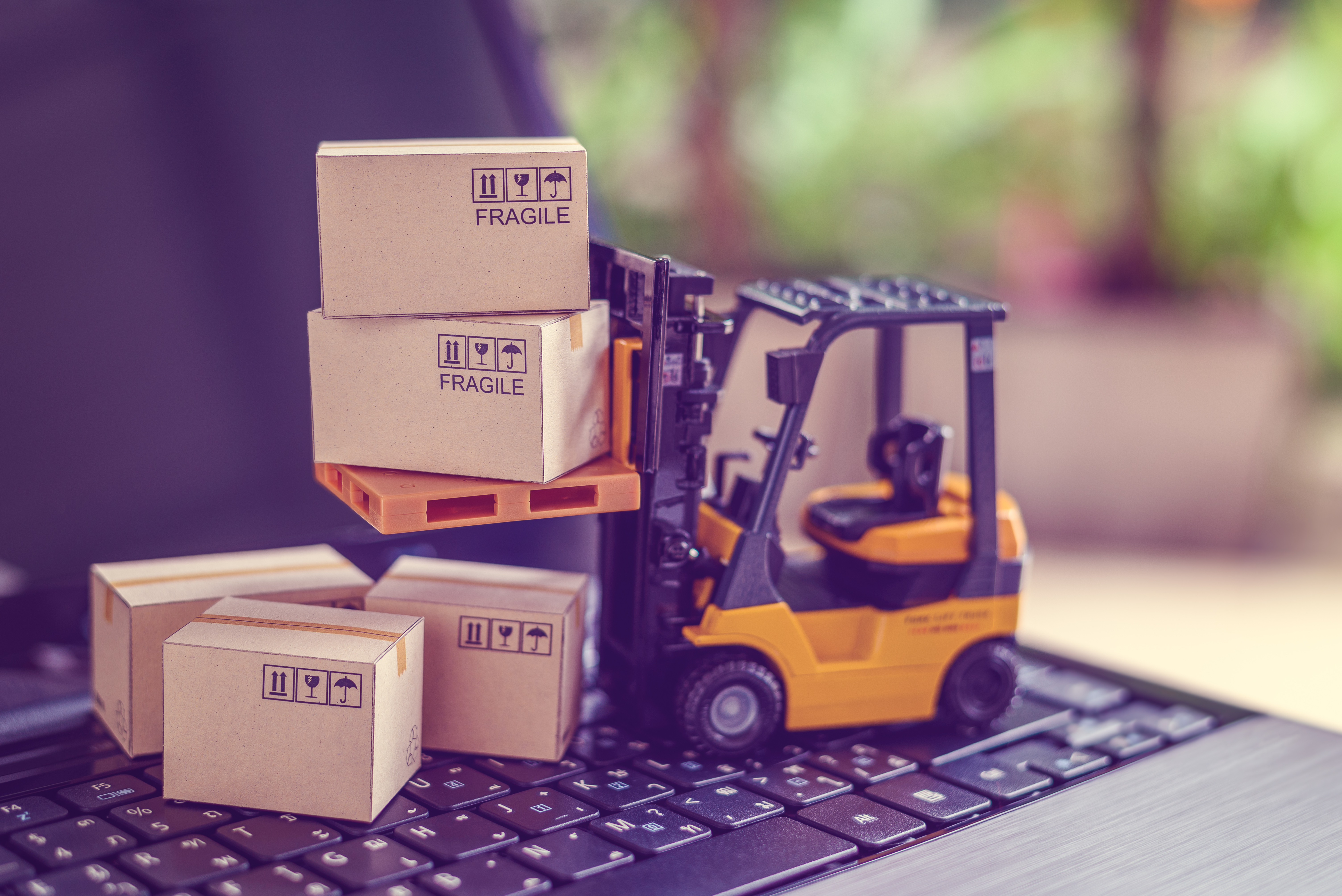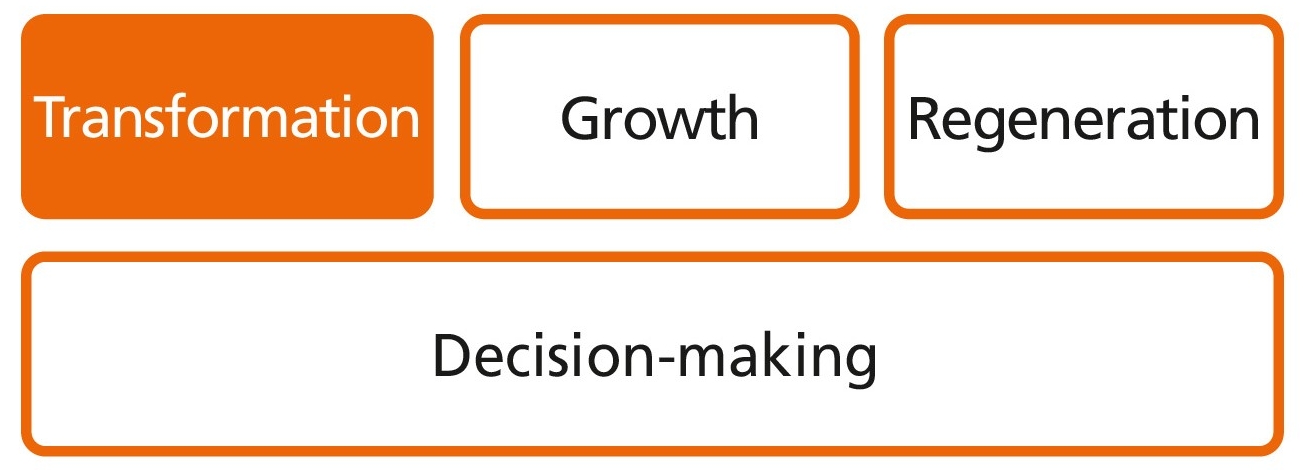What is the challenge?
Companies strive to optimize their procurement and delivery routes in order to reduce costs and improve delivery and storage times. Route planning involves complex processes of grouping and determining routes in order to optimally combine groups of goods or transport orders and to receive them or bring them to the customer via the transport network structures. A large amount of information flows into the planning processes, which are very time-consuming when performed manually. In the event of short-term fluctuations or change requirements, the processes are also difficult to adjust manually.



